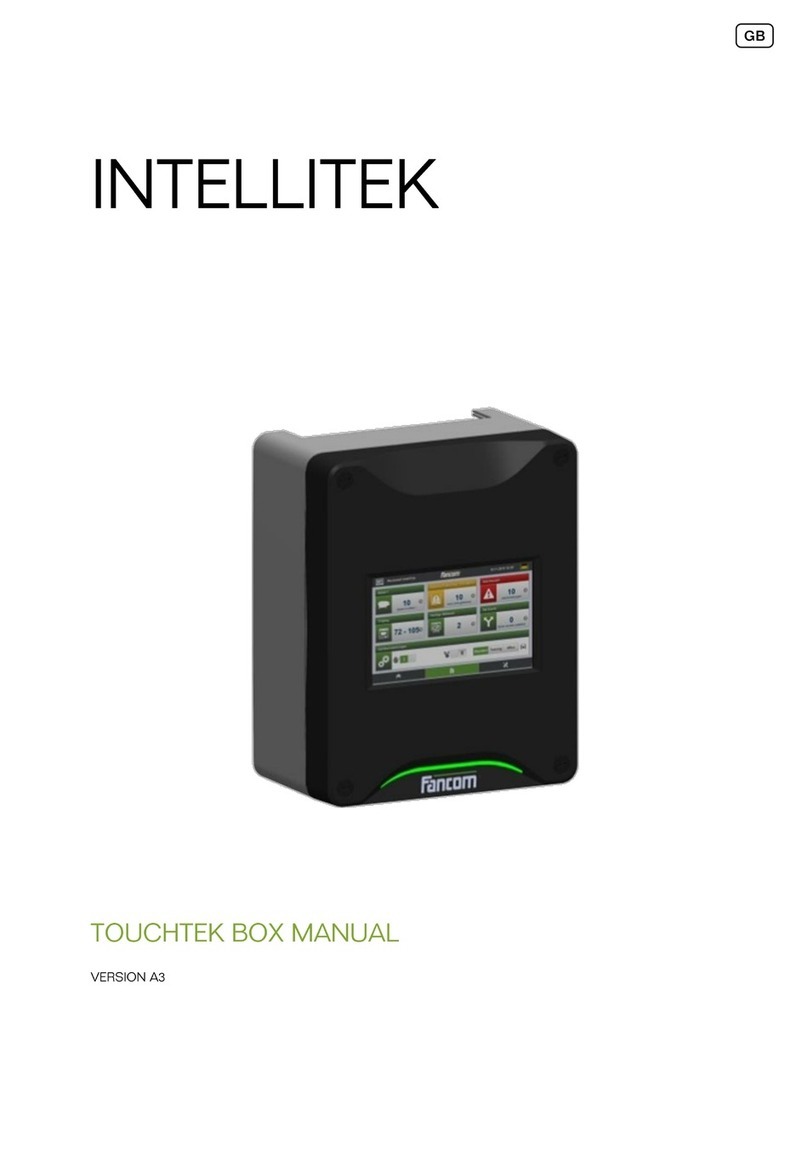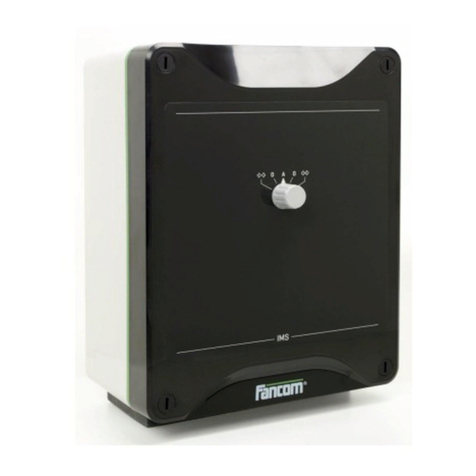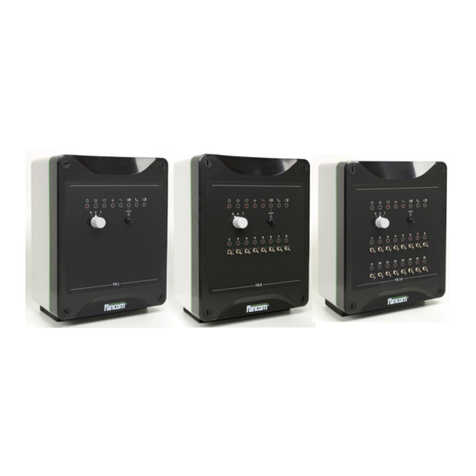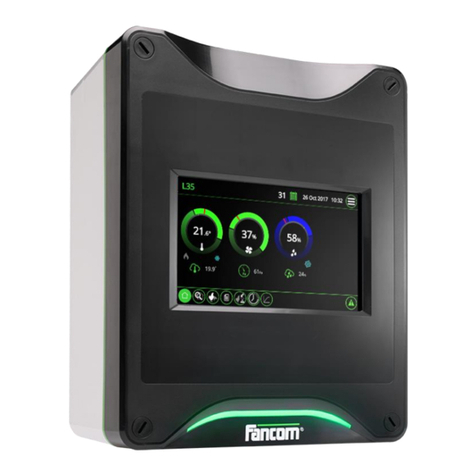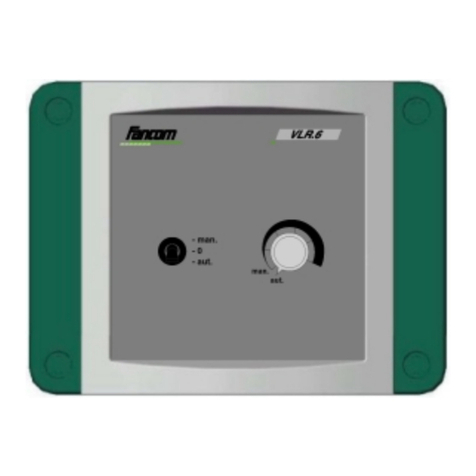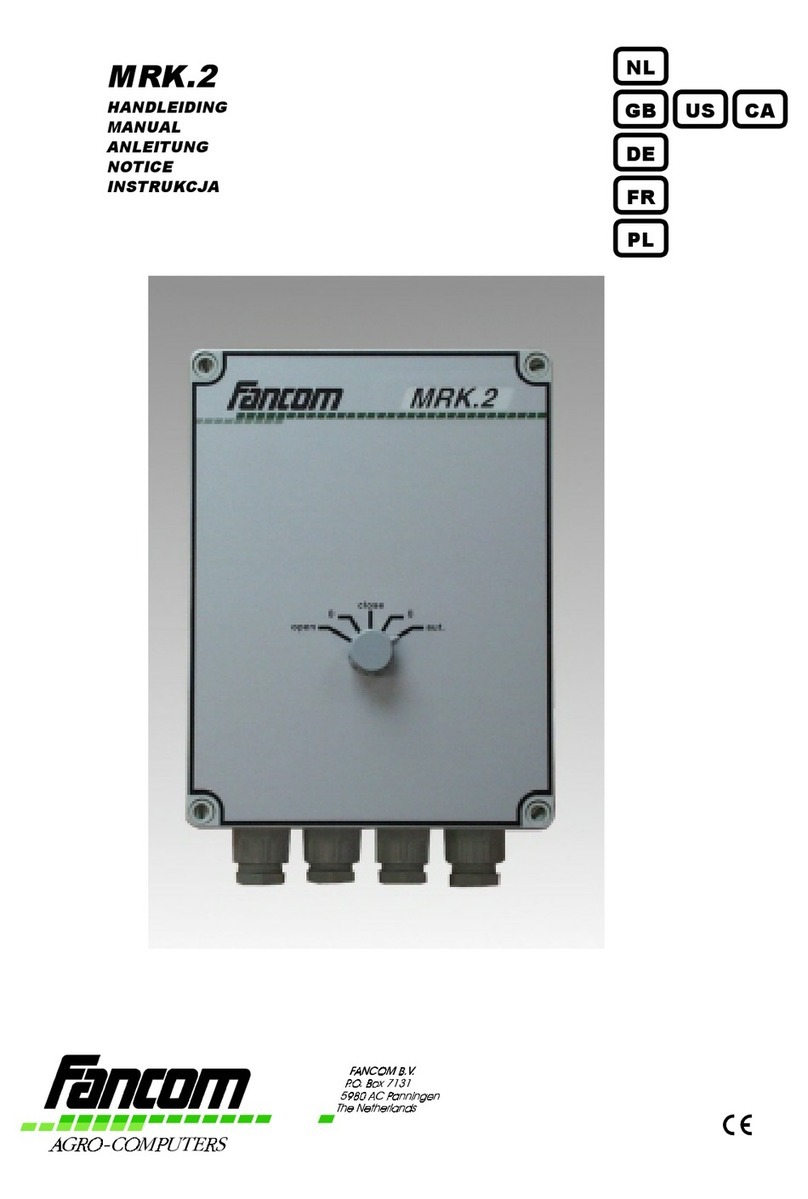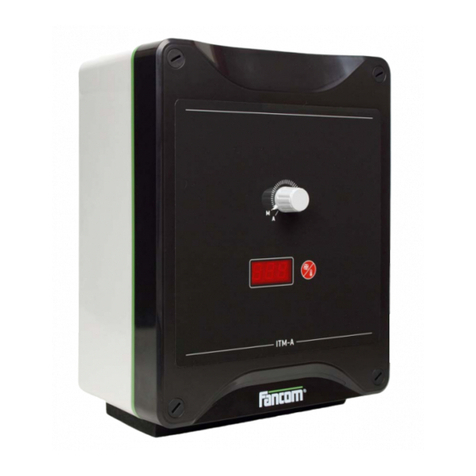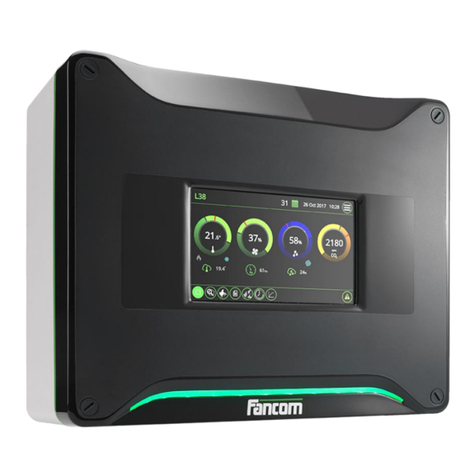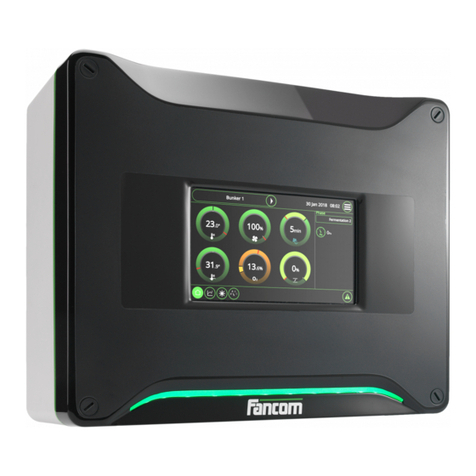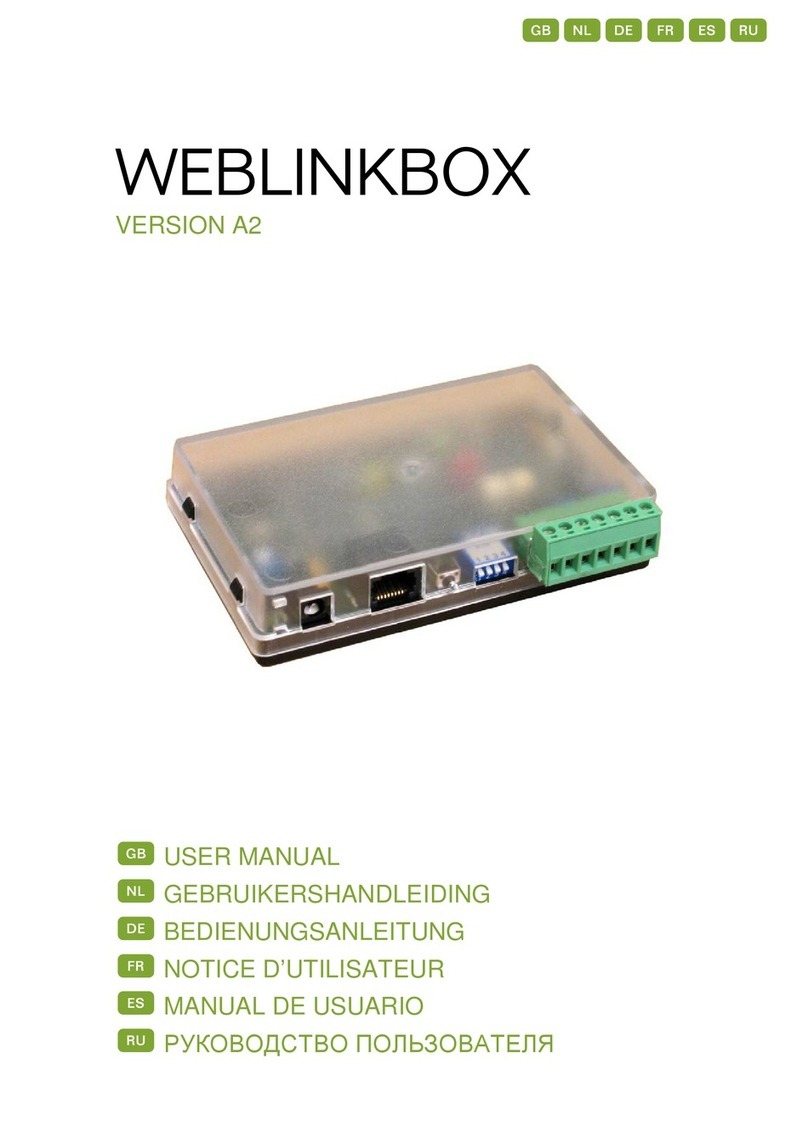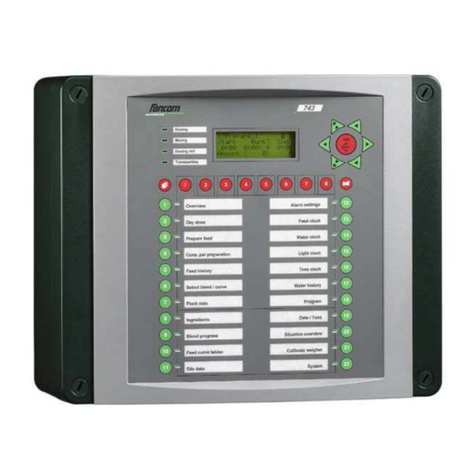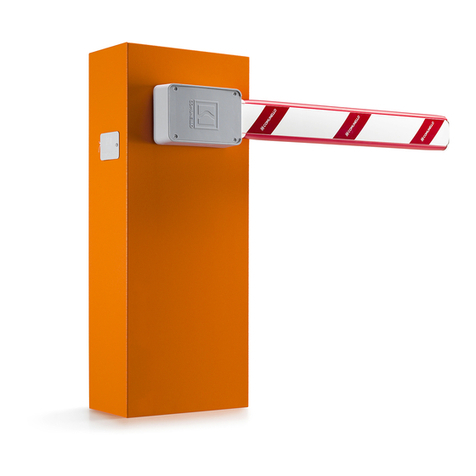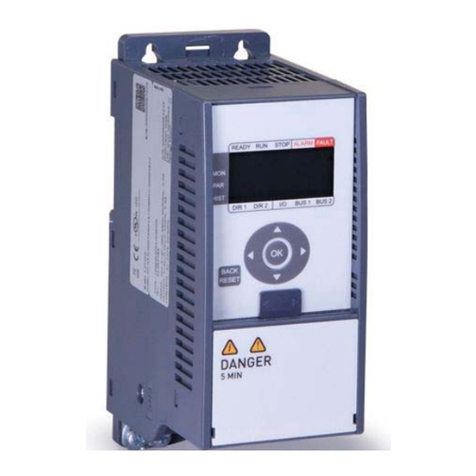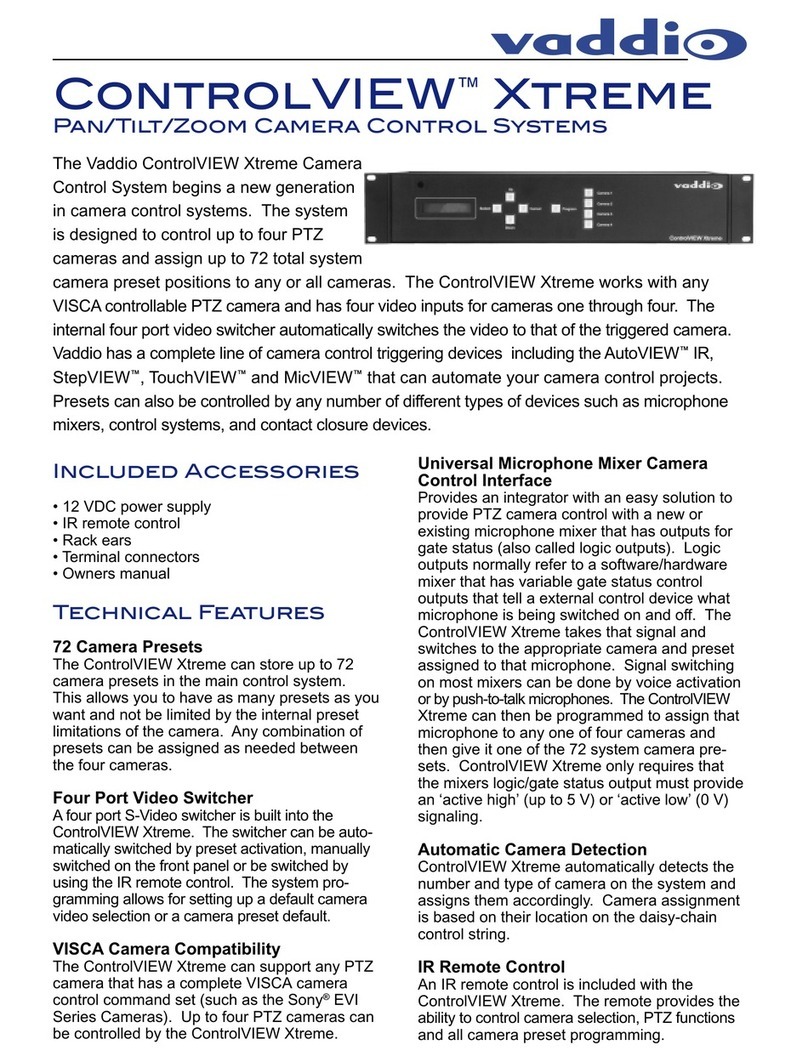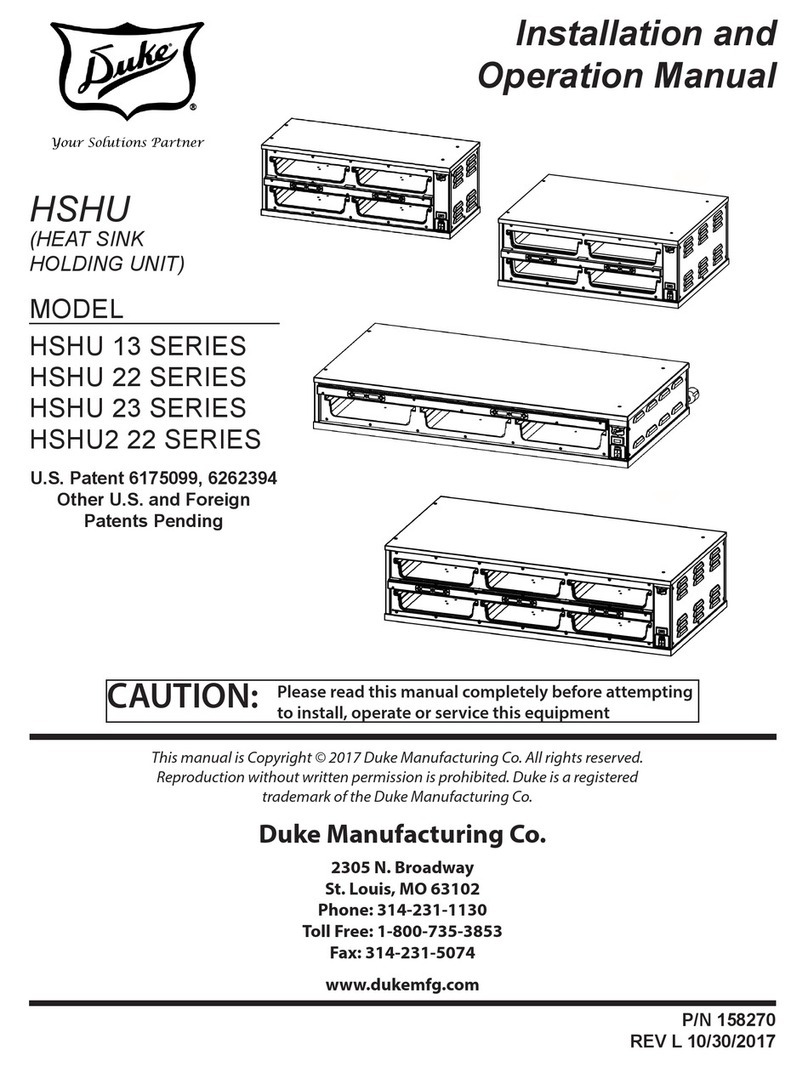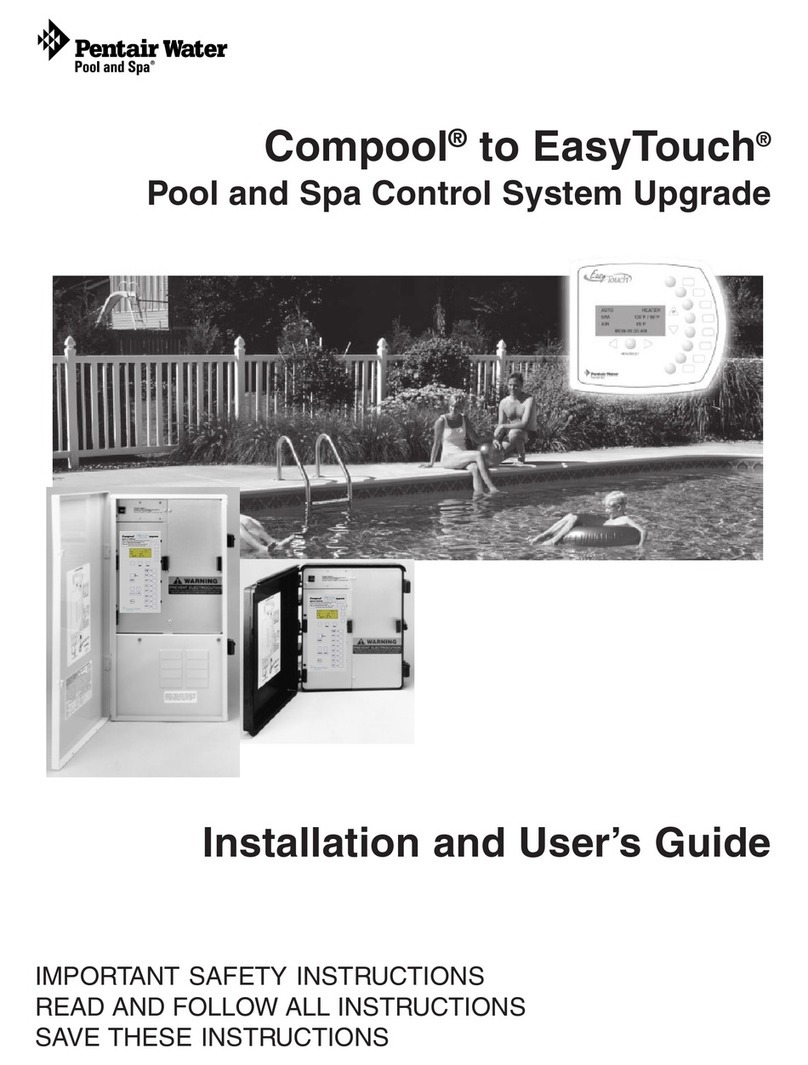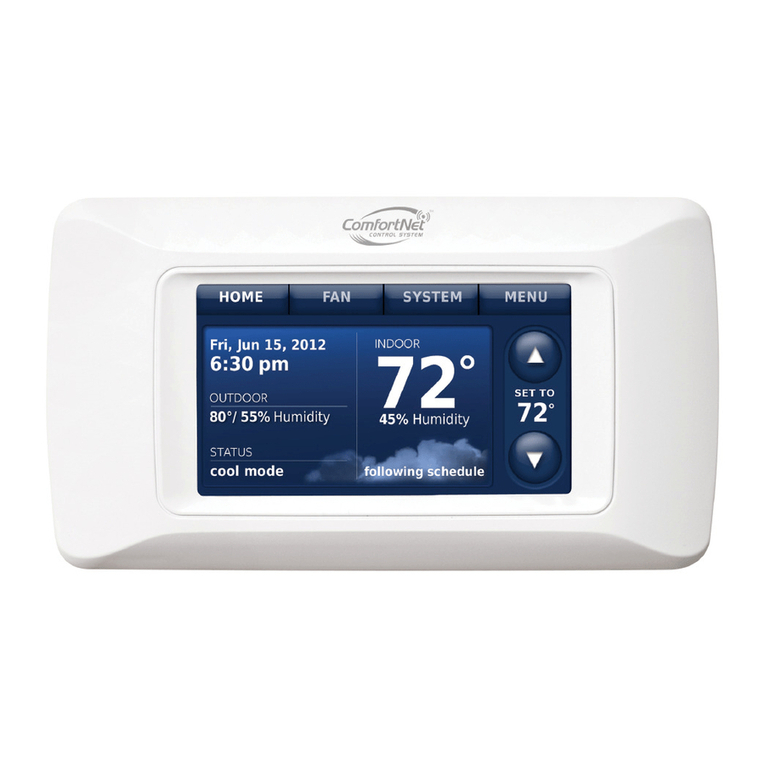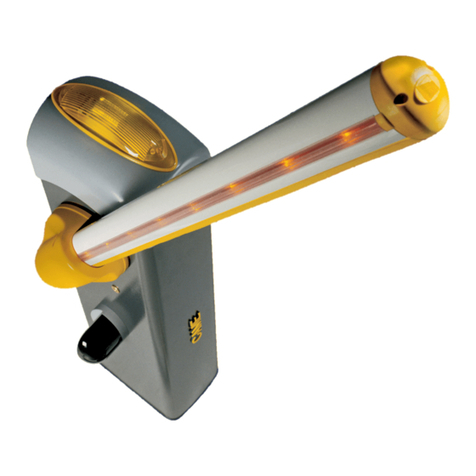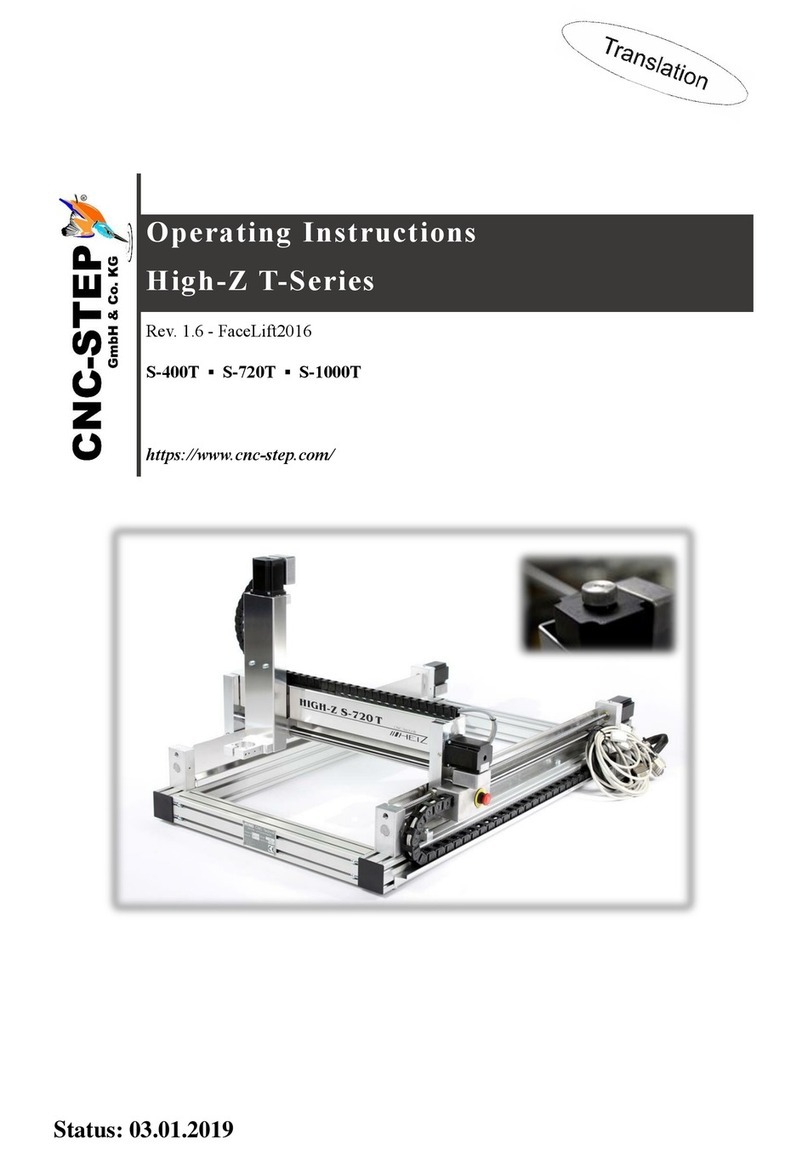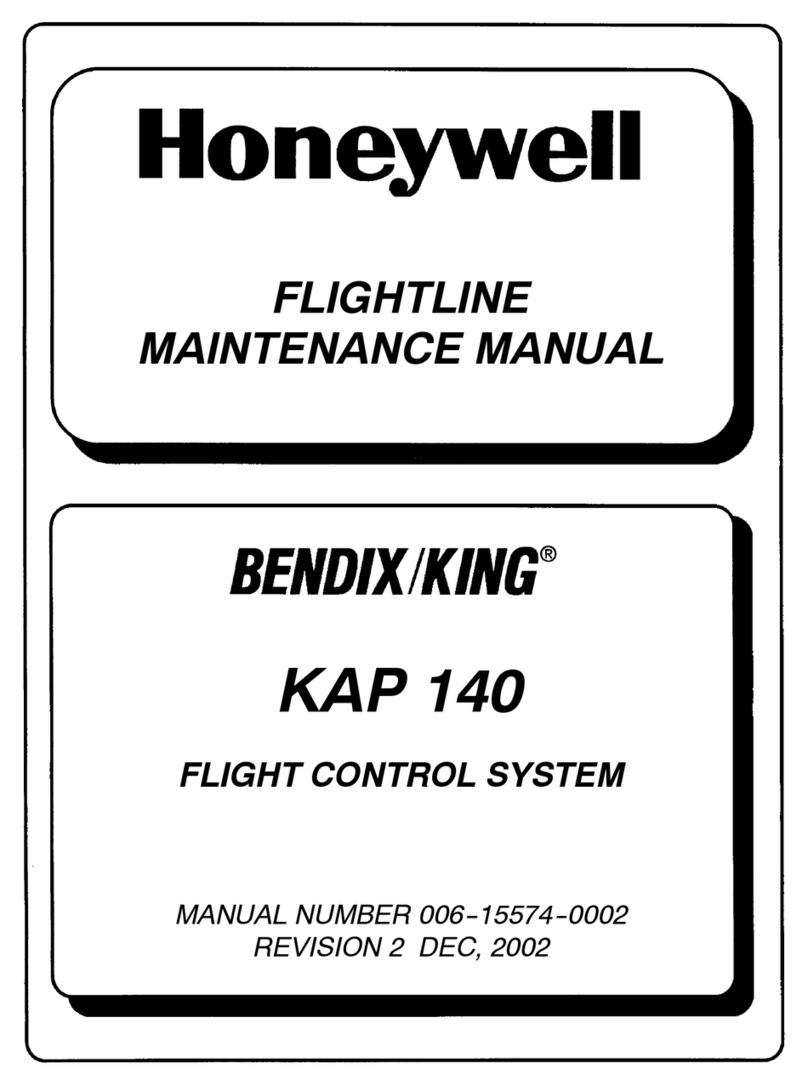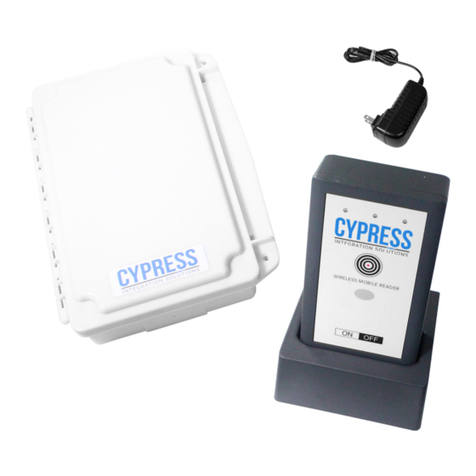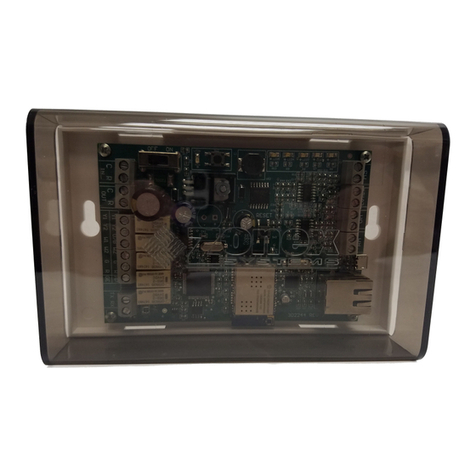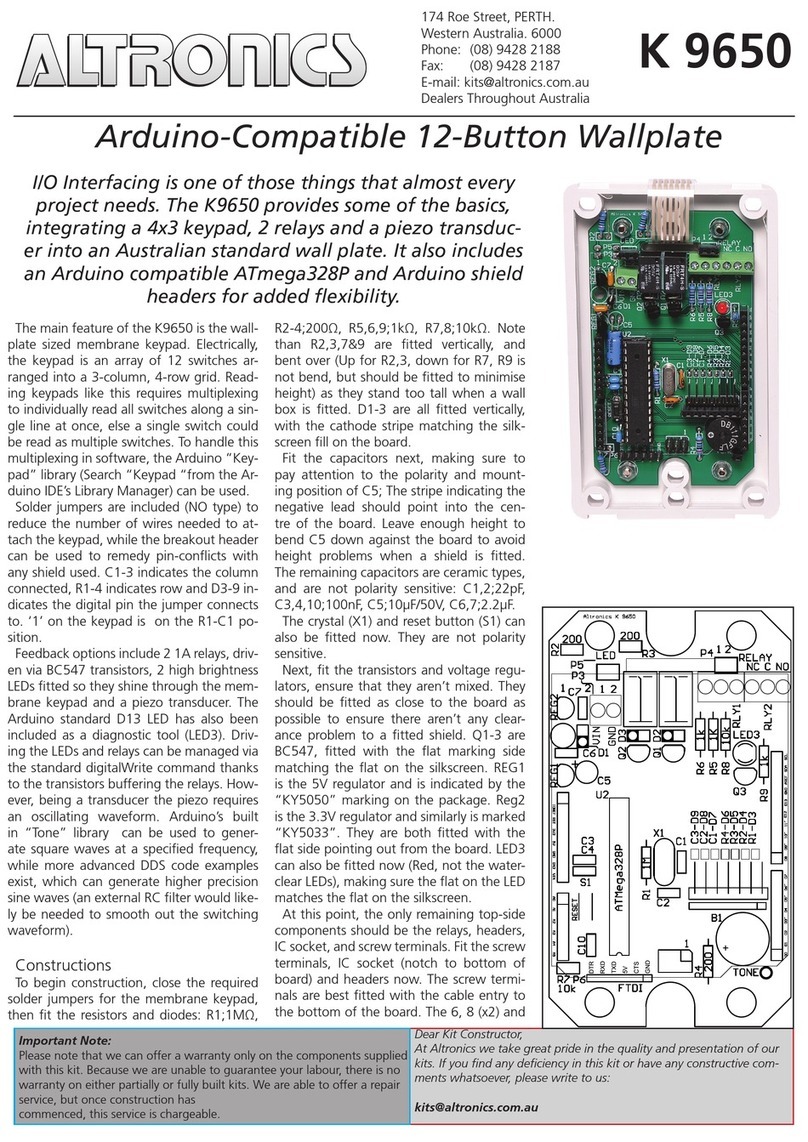
Fancom 743 Table of contents
Table of contents
About this manual
1. Introduction..................................................................................................................................1
2. Safety instructions and warnings ................................................................................................2
3. Working ........................................................................................................................................3
3.1 Example of an installation....................................................................................................3
3.2 Parts of the installation ........................................................................................................3
4. Operation......................................................................................................................................5
4.1 Front .....................................................................................................................................5
4.2 Display (A) ............................................................................................................................6
4.3 Keyboard (B) .........................................................................................................................6
4.4 Alarm and index keys (C) .....................................................................................................8
4.5 Storage silo keys (D) .............................................................................................................9
4.6 Function keys (E)..................................................................................................................9
4.7 LEDs (F)................................................................................................................................9
5. Function keys .............................................................................................................................10
5.1 General................................................................................................................................10
5.2 Overview.............................................................................................................................10
5.3 Preparation per day............................................................................................................12
5.4 Preparation actions.............................................................................................................13
5.5 Consumption per preparation action..................................................................................15
5.6 Feed history ........................................................................................................................16
5.6.1 7 day consumption ....................................................................................................16
5.6.2 7 days per animal......................................................................................................16
5.6.3 Total consumption.....................................................................................................17
5.6.4 Total consumption.....................................................................................................17
5.7 Select blend/curve...............................................................................................................18
5.7.1 Select blend/curve .....................................................................................................18
5.7.2 Current blend............................................................................................................18
5.7.3 Offset blend ...............................................................................................................19
5.7.4 Current curve............................................................................................................20
5.8 Flock data............................................................................................................................21
5.8.1 Number of animals....................................................................................................21
5.8.2 Setting up a flock ......................................................................................................21
5.9 Ingredients..........................................................................................................................22
5.9.1 Ingredient list............................................................................................................22
5.9.2 Replace ingredient ....................................................................................................22
5.9.3 Additive .....................................................................................................................23
5.9.4 Mix ingredient...........................................................................................................23
5.10 Blend progress ....................................................................................................................24
5.11 Feed curve tables ................................................................................................................25
5.12 Silo data ..............................................................................................................................26
5.12.1Silo overview .............................................................................................................26
5.12.2Silo update.................................................................................................................26
5.13 Alarm settings.....................................................................................................................27
5.13.1Feeding......................................................................................................................27
5.13.2Water clock................................................................................................................28
5.13.3Minimum stock .........................................................................................................29
5.13.4Additives....................................................................................................................29
5.13.5External alarm..........................................................................................................29
5.14 Feed clock............................................................................................................................30
5.15 Water clock..........................................................................................................................31
5.15.1Day water dosing ......................................................................................................31
5.15.2Water clock................................................................................................................31
5.16 Light clock...........................................................................................................................32
